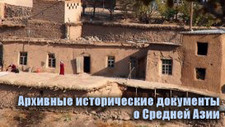Вы здесь
Railway station in Turkestan.
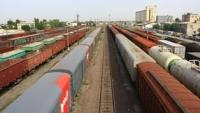
Railway stations of Turkestan region.
"Trains whistle at the nights so plaintively as if got lost in way»
Architecture of railway stations in Southern Kazakhstan.
Railway station is located at an altitude of 210 meters above sea level, located on Abay Street with intersection of Tauke Khan Street, in southwestern part, in city of Turkestan in Turkestan region.
The construction of the station began in 1903, completed in 1909. The exterior design clearly expresses the features of Art Nouveau - stucco details, fence grilles, parapets and turrets. The building of the railway station in Turkestan is part of a complex of station buildings erected in 1903 during the construction of the southern branch of the Orenburg-Tashkent railway.
The construction of the railway was approved by the Russian Emperor Nicholas II, who signed the Decree on the construction of the Orenburg-Tashkent railway with a length of 1,765 miles on April 21, 1901. This was a grandiose construction project: 72 stations, 159 sidings and 17 large bridges were built on this railway!
The famous engineers Ursati and Vyazemsky became its leaders. The project cost, as they say now, 130,000,000 tsarist rubles - a gigantic sum at that time. The railway began to be pulled simultaneously from Orenburg and Tashkent, it was planned to connect it in the small area of Kubek, which was 946 miles from Orenburg, 790 miles from Tashkent.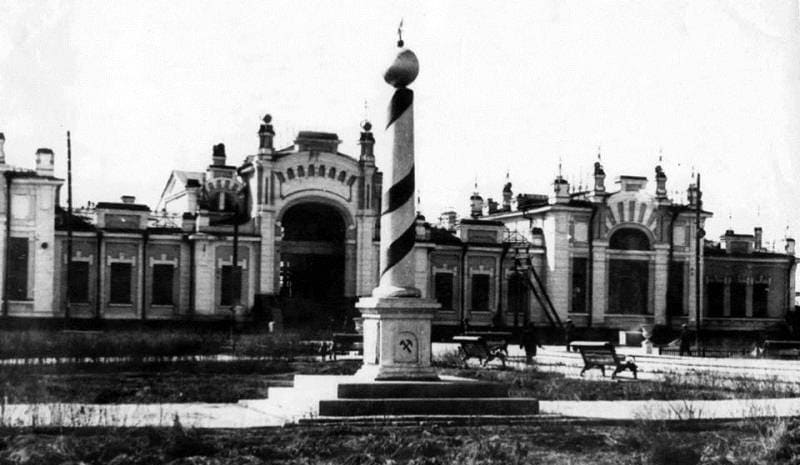
Initially, the station was located on the territory of the station village. The station building was erected from burnt brick on a bulk rubble-earth foundation. It includes 3 main halls: a lobby, a waiting room, a restaurant (originally a waiting room for 1st and 2nd class), - as well as small utility rooms, - located on both sides of the corridors connecting the halls.
The functional significance of the main rooms of the building is revealed on the facade by their increased height. The building uses arched openings with ornately curved window frame grilles, complex profiles of parapets rising above the roof - numerous curved decorative details decorating the facades and interiors of the building, including exotic door handles made in the form of elephant heads.
The brick texture of the walls, painted red with black joints, and white gypsum plaster details were used in the decoration of the building's facades. The roofs are decorated with numerous turrets, ending with decorative compositions bent from a metal bar. The interior of all the rooms contains rich wall paintings, updated in 1950. In 1980, restoration work was carried out on the building.
Architecture of railway station in Turkestan.
The building of the railway station in Turkestan is one of the striking examples of the architecture of the early XXth century, combining the practicality of railway structures and elements of the oriental style typical of the southern regions of Kazakhstan.
General appearance and materials of railway station in Turkestan.
The building is made of burnt brick, which gives it a warm reddish-brown hue and ensures durability. The facade is designed symmetrically, with the central part emphasized by arched openings and protruding elements resembling turrets. Windows and doors have characteristic arches, which gives the building a slight oriental accent.
Layout of railway station in Turkestan.
The interior space is divided into three main volumes:
lobby;
waiting room;
restaurant or buffet.
This is a traditional railway station structure that provides convenient movement for passengers.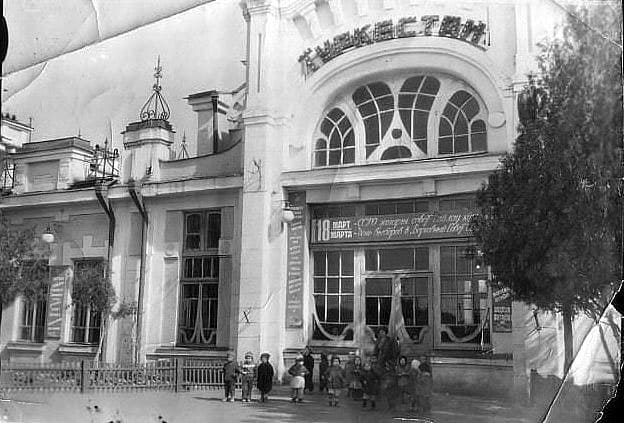
Decorative elements of railway station in Turkestan.
Decorative details deserve special attention:
The arched openings are curved, with hand-made gratings, emphasizing the historical aesthetics. The door handles are designed in the form of elephant heads - an uncommon element for regional architecture, probably symbolizing strength and memory.
The turrets at the corners of the roof are topped with metal weather vanes and patterned tops reminiscent of minarets, which brings the building closer to the architecture of the Islamic world. The interior is decorated with murals added or updated in the 1950s. These murals contain ornamental motifs typical of Kazakh decorative art: plant patterns, geometric bands, and imitation carpet patterns.
Cultural significance of railway station in Turkestan.
The building of the railway station in Turkestan is not just functional - it is an object of cultural heritage. Its architecture reflects the spirit of the era when Kazakhstan was actively involved in the railway network of the Russian Empire, but at the same time retained its visual and cultural code.
Restoration of railway station in Turkestan.
Throughout the XXth century, the building of the railway station in Turkestan underwent several waves of renovation. The most significant restoration took place in the 1950s, when the interiors were updated, murals were added, and the engineering structures were strengthened.
At the same time, the building was adapted to the increased passenger flow, but at the same time, the historical features of the façade and interior decoration were preserved. In the early 2000s, the station was restored again in order to preserve it as an architectural monument of national significance.
During these works, the foundation was strengthened, the brickwork was restored, the roof was updated, and the artistic elements of the interior were refreshed. The main focus was not on modernization, but on preserving the authentic appearance. These restorations allowed the station to preserve its historical identity, despite more than a century of operation.
Comparison with other stations in the Turkestan region.
Shymkent.
The station in Shymkent is a large railway junction, significantly modernized in Soviet times. Unlike Turkestan, functionalism prevails here: simple forms, a minimum of decor, wide halls. This building is more reminiscent of typical Soviet architecture of the 1970s. It has noticeably less historical and architectural originality.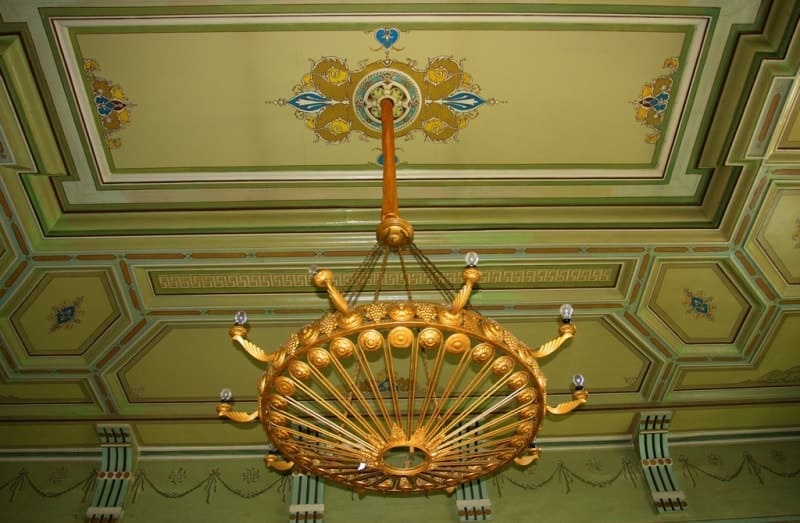
Kyzylorda.
Kyzylorda railway station, like the one in Turkestan, was built in the early 20th century. It is designed in the spirit of Russian provincial architecture - with simple brick facades, minimal decor and clear symmetry. The building is more modest, without oriental motifs. Its value lies rather in the historical context than in artistic expressiveness.
Arys-1.
Arys is a key railway junction in Southern Kazakhstan. The station here is functional, focused on transfer traffic. The architecture is strictly utilitarian, without excesses, with obvious signs of modernization. It does not bear the architectural originality of Turkestan.
Conclusion.
Turkestan railway station is unique among other stations in southern Kazakhstan. Its architecture combines European and oriental elements, and careful attention to restoration has made it not only a functioning transport hub, but also an architectural landmark. Against the background of more utilitarian stations in Shymkent, Kyzylorda or Arys, it stands out as a historical and cultural monument worthy of attention and careful treatment.
Geographical coordinates of railway station building in Turkestan: N43°17'09 E68°12'47
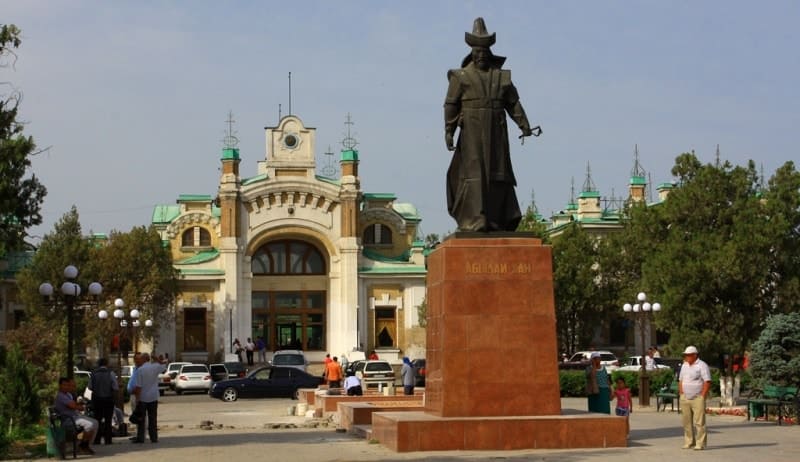
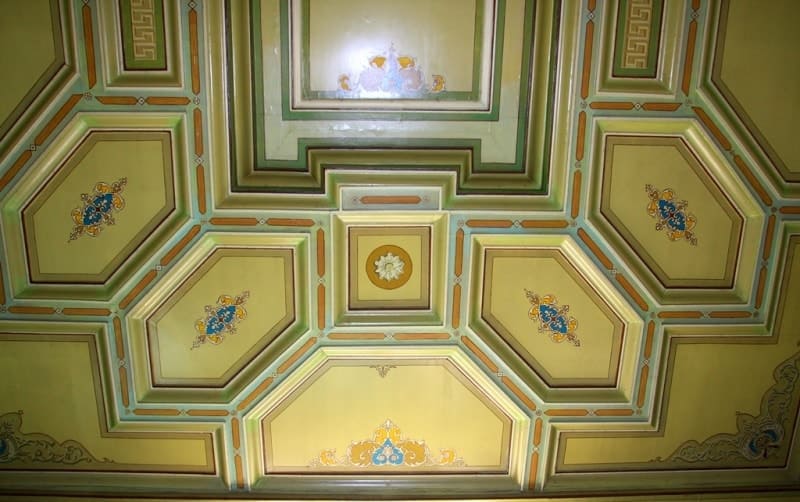
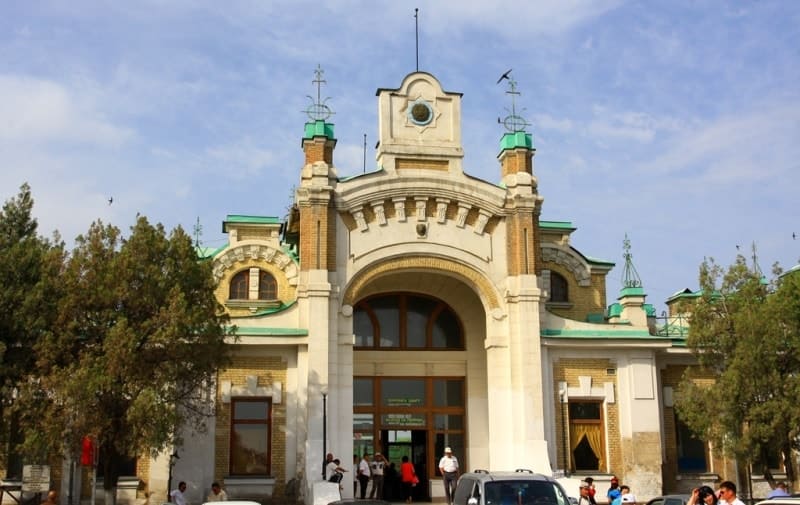
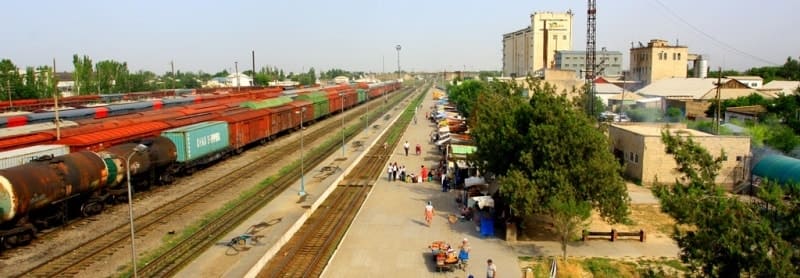

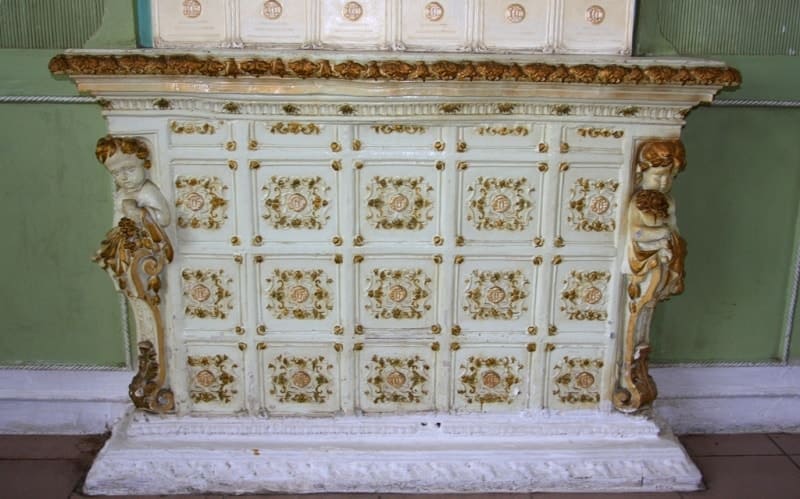
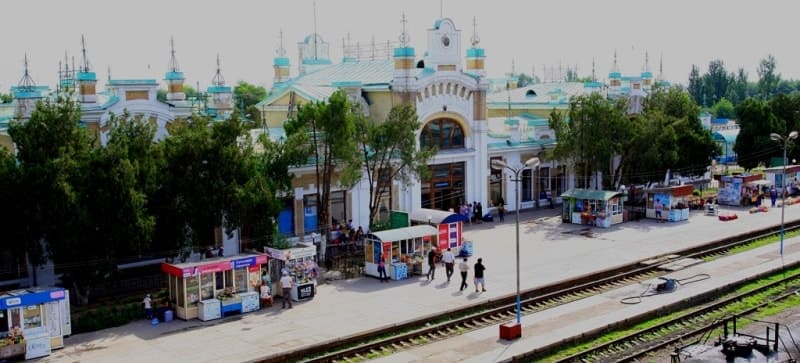
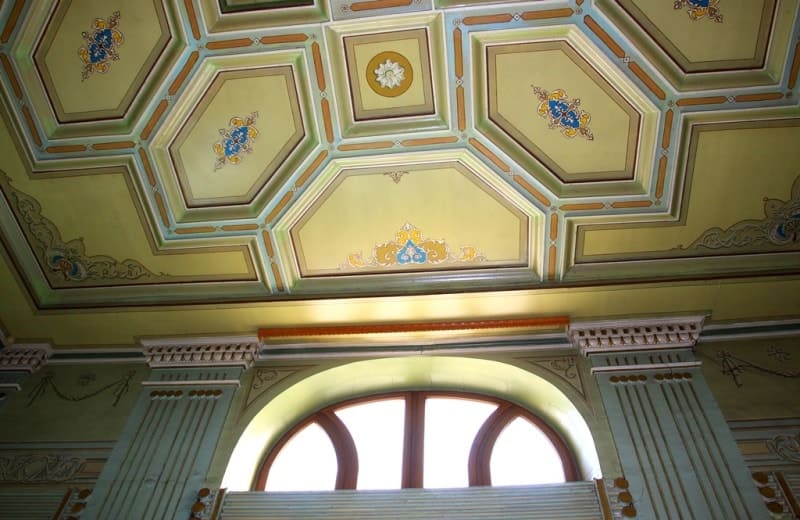
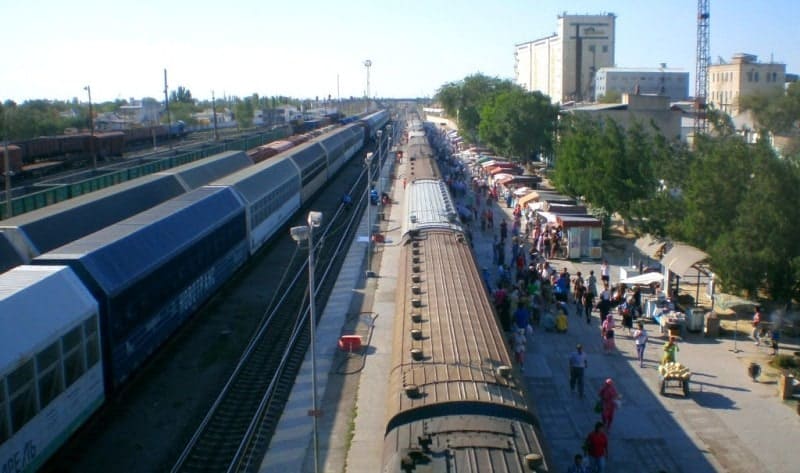
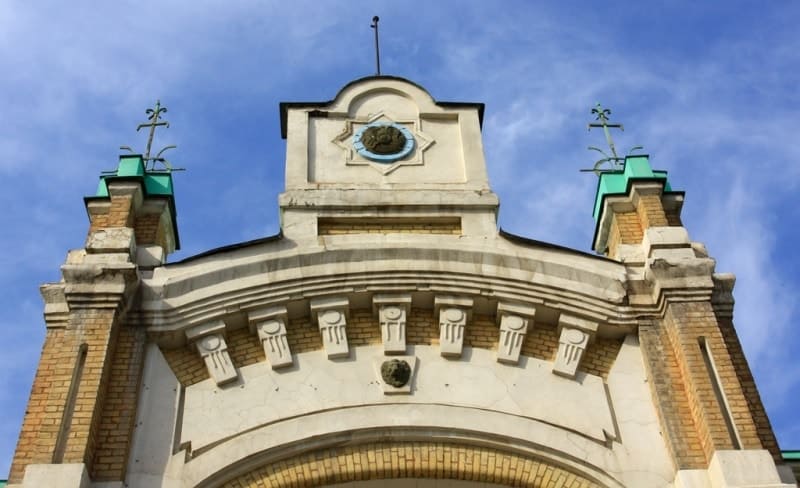
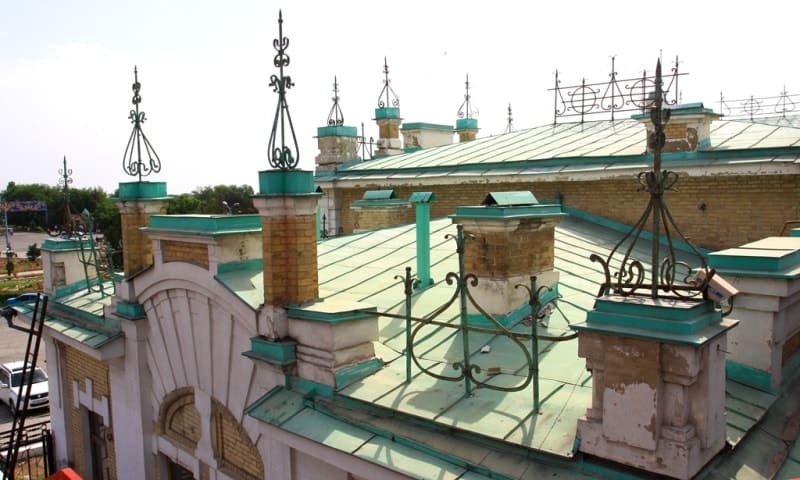

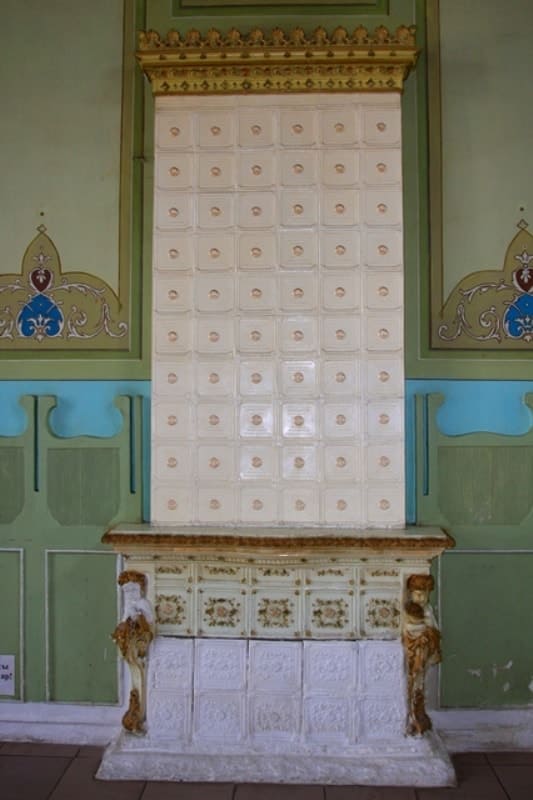
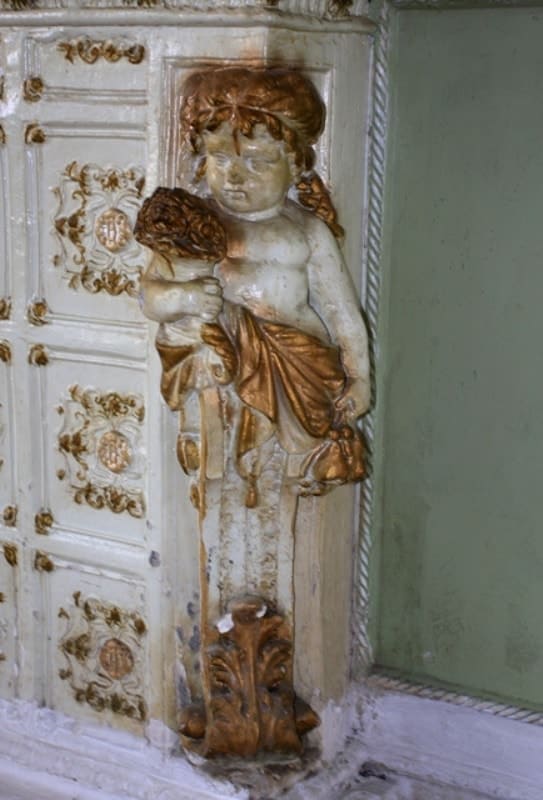
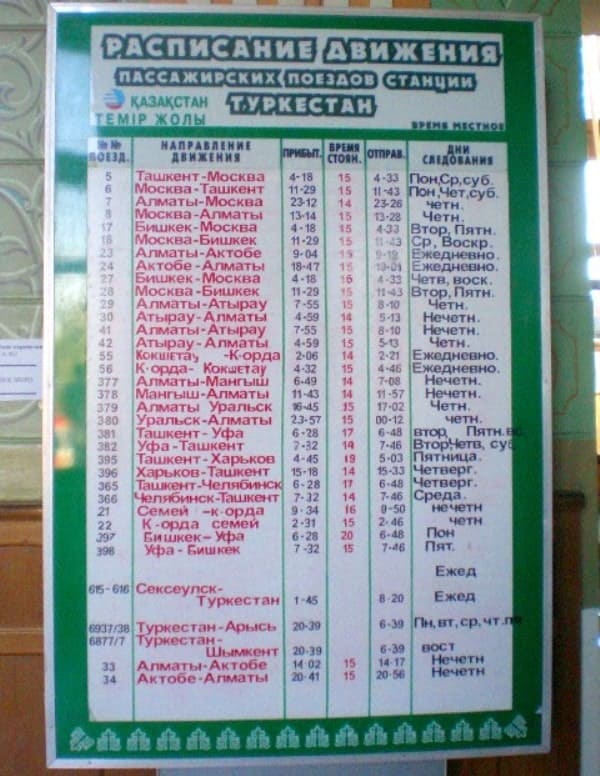

Authority:
"Monument history and architecture of Kazakhstan. Southern Kazakhstan area". Volume 1 - Alma-Ata. Main editorial office "Kazakh of an Entsiklopediyasa", 1994.
Photos by:
Alexander Petrov.





